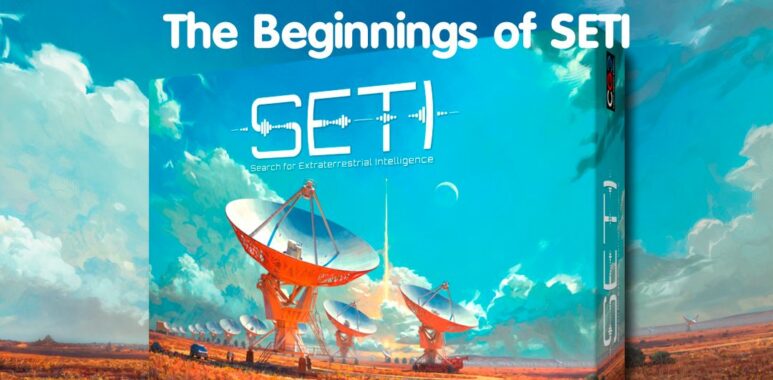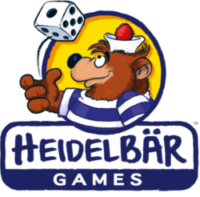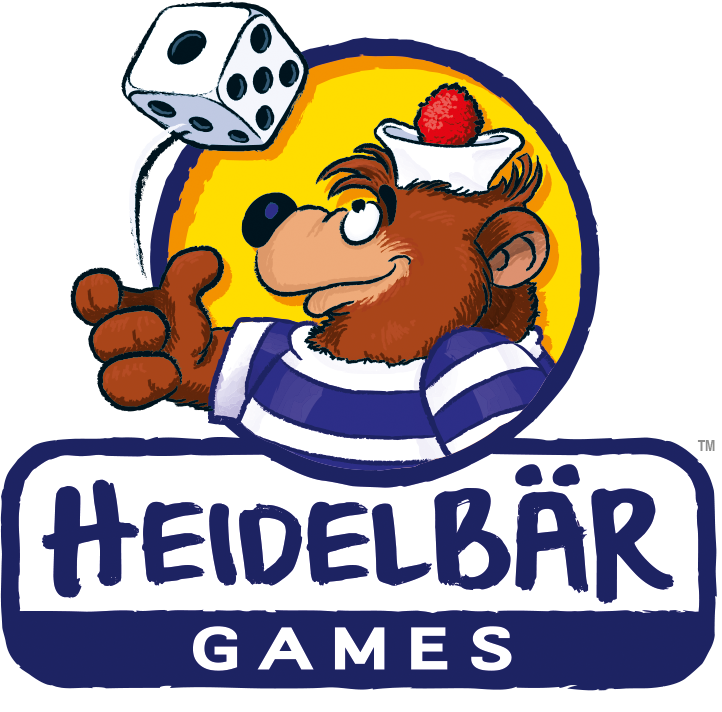
Designer Diary no. 1: The Beginnings of SETI
How I started…
Ever since my childhood, I’ve been interested in astronomy, space exploration, and science. I own several telescopes and have been observing the night sky and its phenomena for a long time. The universe and its infinity have always fascinated me, and I’ve imagined how many other life forms must exist out there, considering each galaxy contains hundreds of billions of stars, and there are more galaxies in the universe than there are people on Earth. I was heavily influenced by the popularizer of astronomy and science, Carl Sagan—particularly his books, lectures, and the TV series Cosmos. Carl was brilliant in his ability to explain the workings of the universe to even the most layperson in an absolutely amazing way with beautiful words.
Sometime around 2017, I was deeply immersed in astronomy; I observed a lot through my telescope, attended lectures, studied an astronomy course, and most importantly, I kept watching Carl Sagan’s Cosmos TV series repeatedly. I must have seen it at least 100 times.
By 2017, I had already created many game prototypes, but I hadn’t shown them to many people. Typically, I would design something, make a prototype, and try to play it myself repeatedly. I learned a lot from that process and decided to try to design something bigger. Because I was so immersed in astronomy at the time, I decided that this would be the topic. At first, I was thinking purely of an astronomy and space game that would put a lot of emphasis on the realistic workings of the universe. I didn’t want it to be a simulation but instead more of a classic euro game like I prefer.
We always talk between designers about what they start with first, whether it’s the mechanics or the theme. The interesting thing about this game is that I started with something completely different altogether. I started by writing flavor text for the cards. From the beginning I had the idea that there would be a lot of cards in the game, and each card would have several uses, which is something I have kept to this day. And I also had the idea that each card would have some kind of popularization text on it from astronomy, space, or science.
For example, my favorite: “If we made one dice out of neutron star material, that dice would weigh a billion tons.”
:strip_icc()/pic8118347.jpg)
(Examples of cards and their flavor texts, some were very long indeed)
The Prototyping Phase
After writing about 150 flavor texts, I started to come up with the mechanics of the game. As I wrote above, cards were important to me. These were there to represent projects that the players would build, explore, and discover. Right after that, I started designing the solar system, which I thought could be rotating and layered. I liked this idea a lot, and I wanted a solar system where the players could travel to planets in the ideal launch window. The next thing I added was technology. I researched it and started making a prototype.
The prototype came together pretty quickly, and I played it right away. The gameplay worked well, but there was something missing, and it was missing a goal. I was still at the beginning (this moment was about one month after I started working on it), so I didn’t worry about it and started to think about what I could add to make it more interesting. Luckily it didn’t take too long, and I came up with a great idea that it could be about the search for extraterrestrial life.
As I mentioned previously, I am a great admirer of Carl Sagan, who dedicated his life to science and the search for extraterrestrial life. I figured that this was exactly the topic I was looking for, and I’d give Carl a shout-out. In the past, among other things, I’ve been heavily involved in the research that SETI does, so I knew right away how to start and what to add to the game. Of course, a big part of the game was listening to signals through radio telescopes looking for signs of intelligent life. The second part of the game in which players fly probes around the solar system suddenly had a purpose, as the probes do research, collect traces, and through that, look for signs of extraterrestrial life forms on the planets of the solar system and their moons.
After a while I came up with another prototype, which was the first SETI prototype. I played that one on white cut paper, which is honestly still my favorite thing. It’s such a raw board game design, and of course these early stages of development are some of the most exciting times.
:strip_icc()/pic8118355.jpg)
:strip_icc()/pic8118357.jpg)
(First prototype of SETI in 2018)
Testing and Iteration
Then followed the fun part, which is testing and development. I find it enjoyable because practically every time I test a slightly different game. I usually change a prototype immediately after finishing a playtest session and sometimes even during the test. And believe me, it changes a lot in the beginning, so that’s why it’s fun.
This process took about a year to get to the version I finally decided to make with graphics. I worked as a graphic designer before, so that part is fun for me too. When I get to the graphics stage of a prototype, that’s when I start to test it with my friends as well. Every designer’s experience is different, but I prefer to be pretty confident with a game before I take it to someone else to show them. Before that point, I’d test it a lot myself. At least, I did at this time, but now I also have a different process, and I take the prototype for testing with other designers much much earlier.
:strip_icc()/pic8118358.jpg)
:strip_icc()/pic8118360.jpg)
(First prototype with graphics 2019)
I started testing the game a lot with people and I had really good feedback. I also reached out to other game designers, which led me to my first testing event organized by CGE in 2019. A lot of designers and people from CGE played SETI at the event, and I got a lot of great feedback from them, particularly from Elwen who provided a tremendous amount of feedback during the event. This helped me push the game design further.
:strip_icc()/pic8118361.jpg)
(Prototype on CGE testing in 2019)
SETI was very demanding to develop, so I needed to take a break on several other smaller titles I had also started designing in the following years. By those “smaller” games, I mean more medium sized Euro games, which were much easier to design compared to SETI. Some of them will be coming out this or next year. Of course, one game that I must mention is a game that works with a similar theme but takes place 400 years earlier than SETI. The game is called Galileo Galilei. A core difference between the two games that is in Galileo Galilei, players exchange high tech probes and big radio telescopes for the first small optical telescopes, through which they will explore the beauty of the night sky for the first time. I am going to release Galileo Galilei together with the new Czech publisher Pink Troubadour at this year’s Essen 2024.
After a few years of development and a break in the development of SETI, I have finally agreed on a release with CGE. I knew that with their care and capabilities they would make my game a real gem. But I will write about the development of SETI in CGE and some more specific things in the next few articles to come.
:strip_icc()/pic8118363.jpg)
:strip_icc()/pic8118365.jpg)
:strip_icc()/pic8118366.jpg)
(Prototype of SETI from 2023 in CGE headquarters)
Footnote:
Very often when I was designing SETI, I was listening to episodes of the Cosmos series for inspiration and to set the right atmosphere. I also listened to a soundtrack of music and sounds from Earth, called “the Golden Record,” carried by the Voyager 1 and 2, which are currently flying towards other worlds with messages from humanity.

